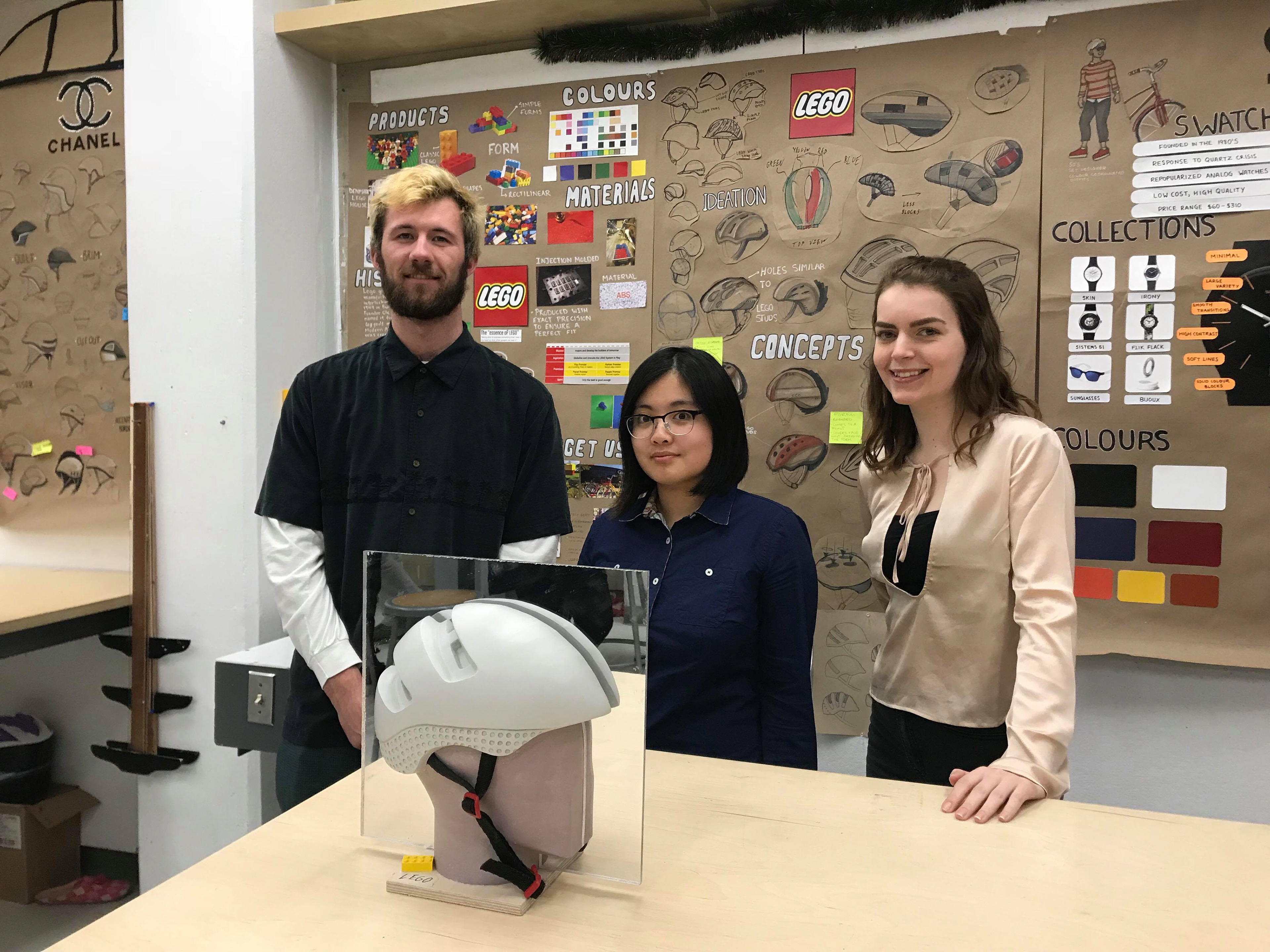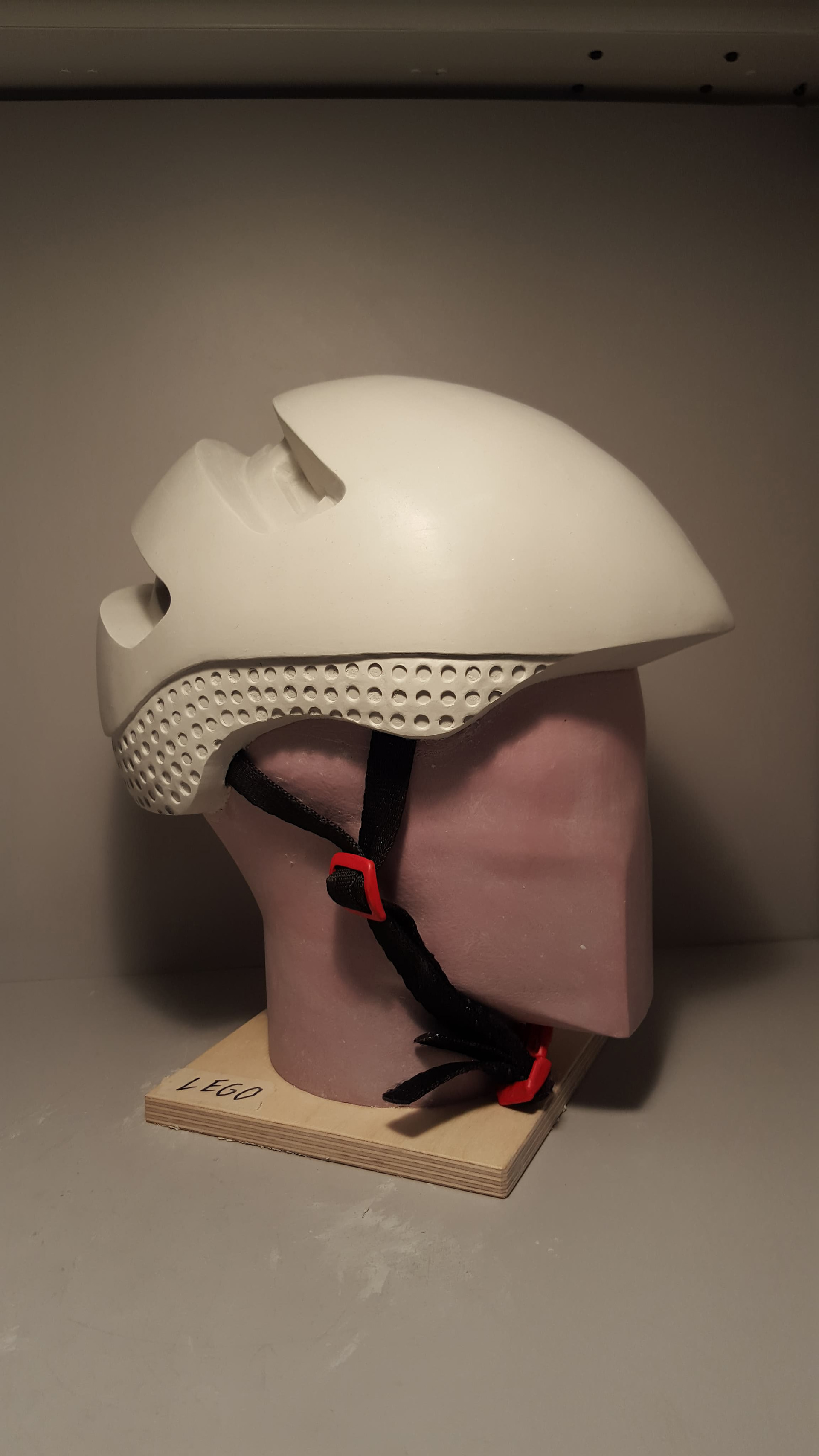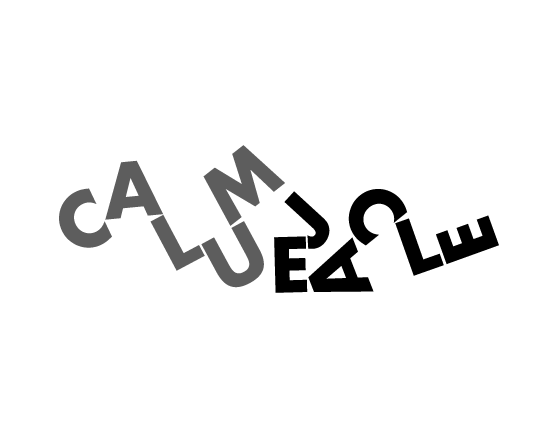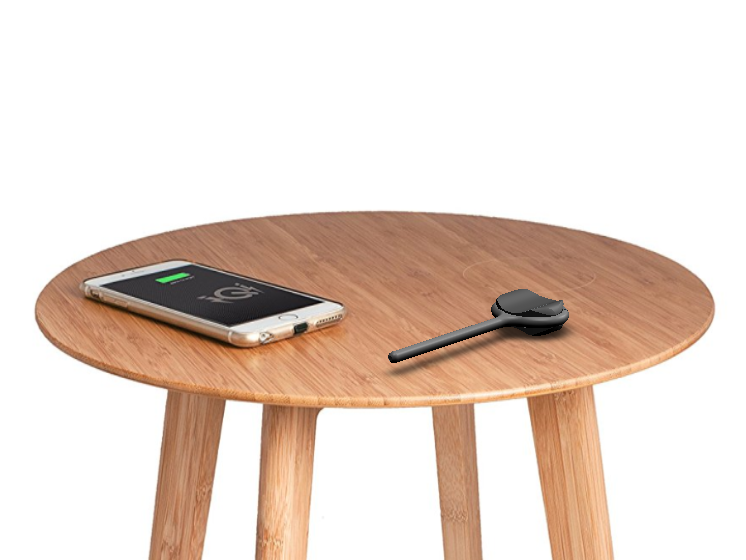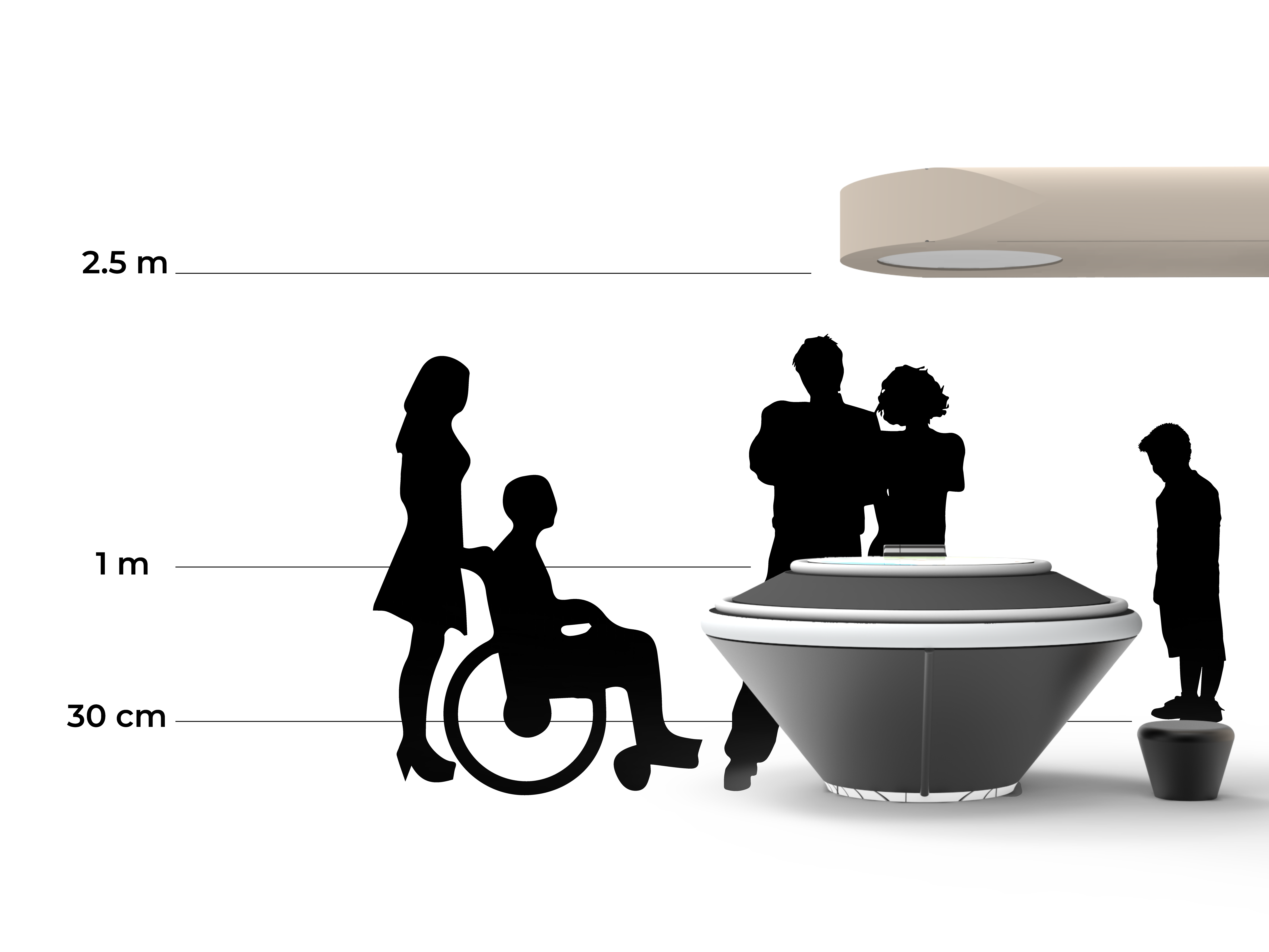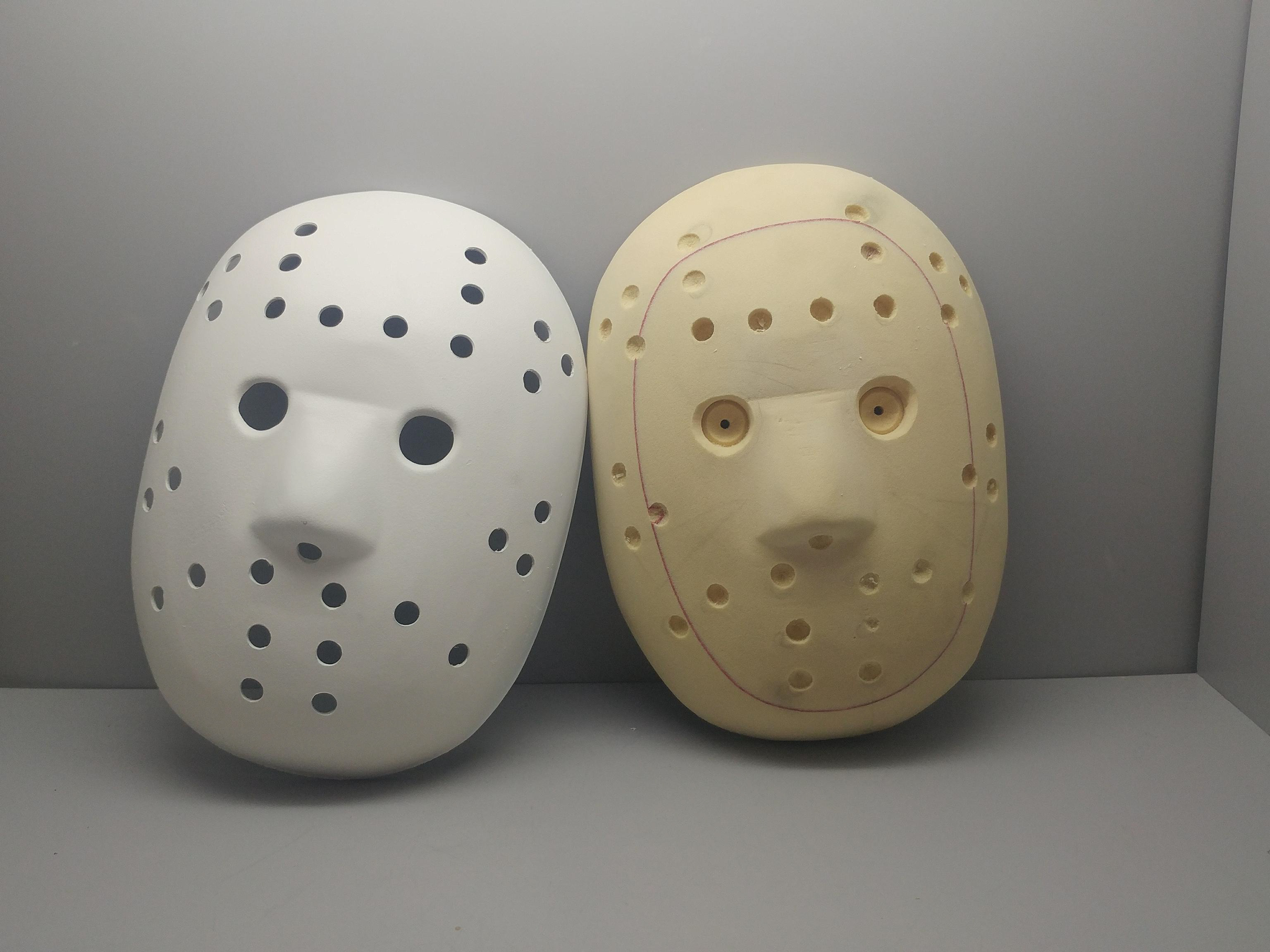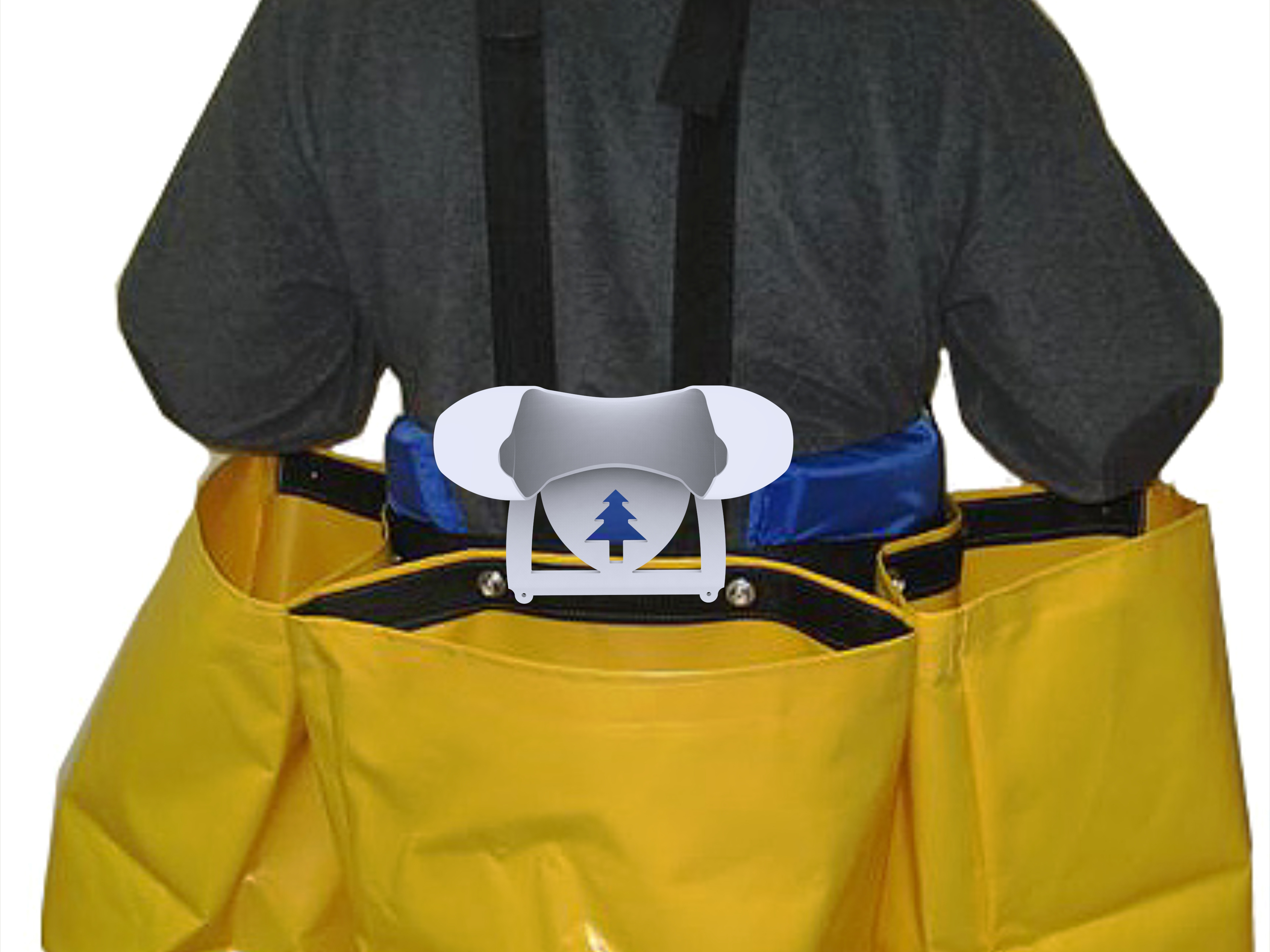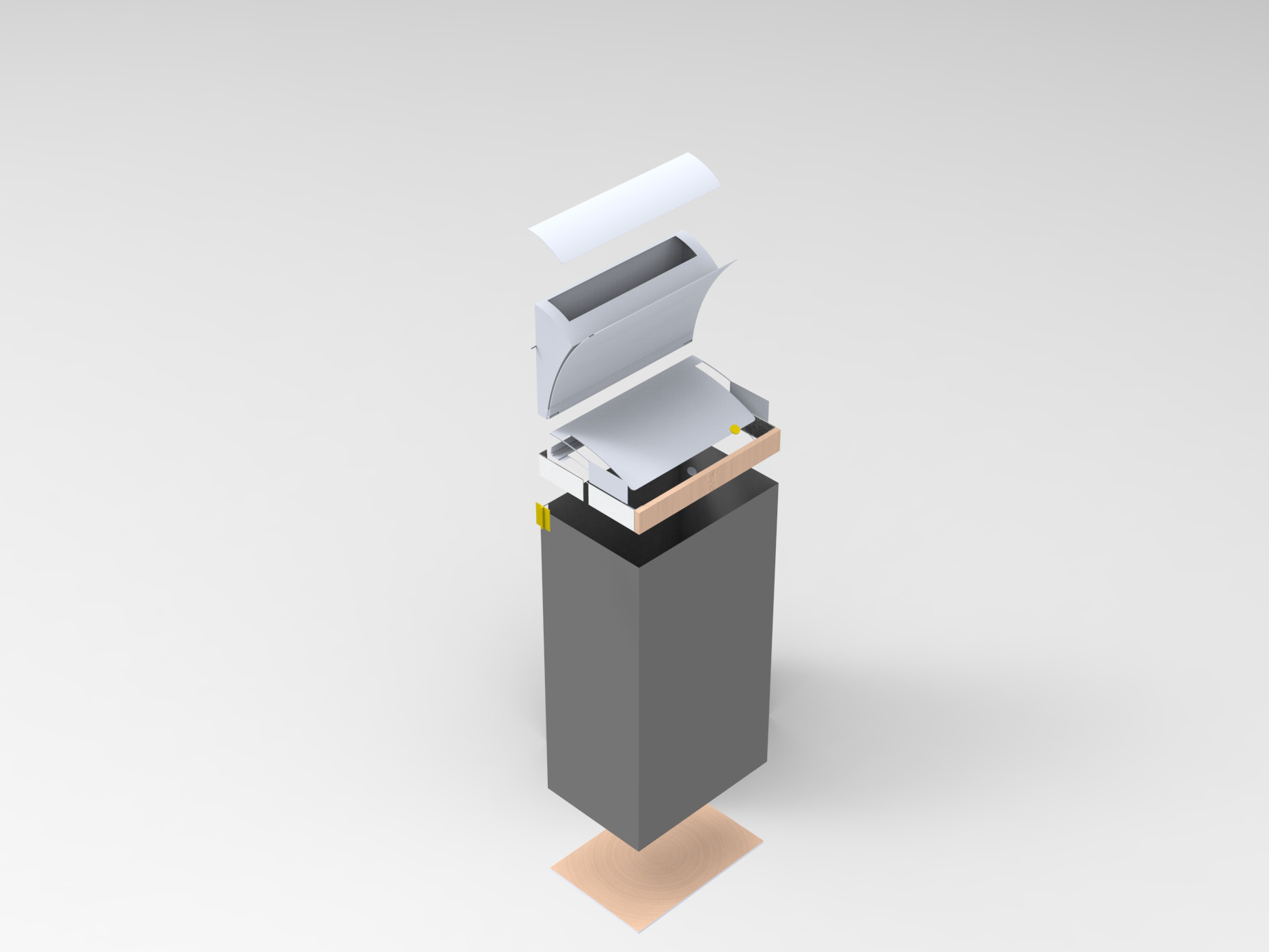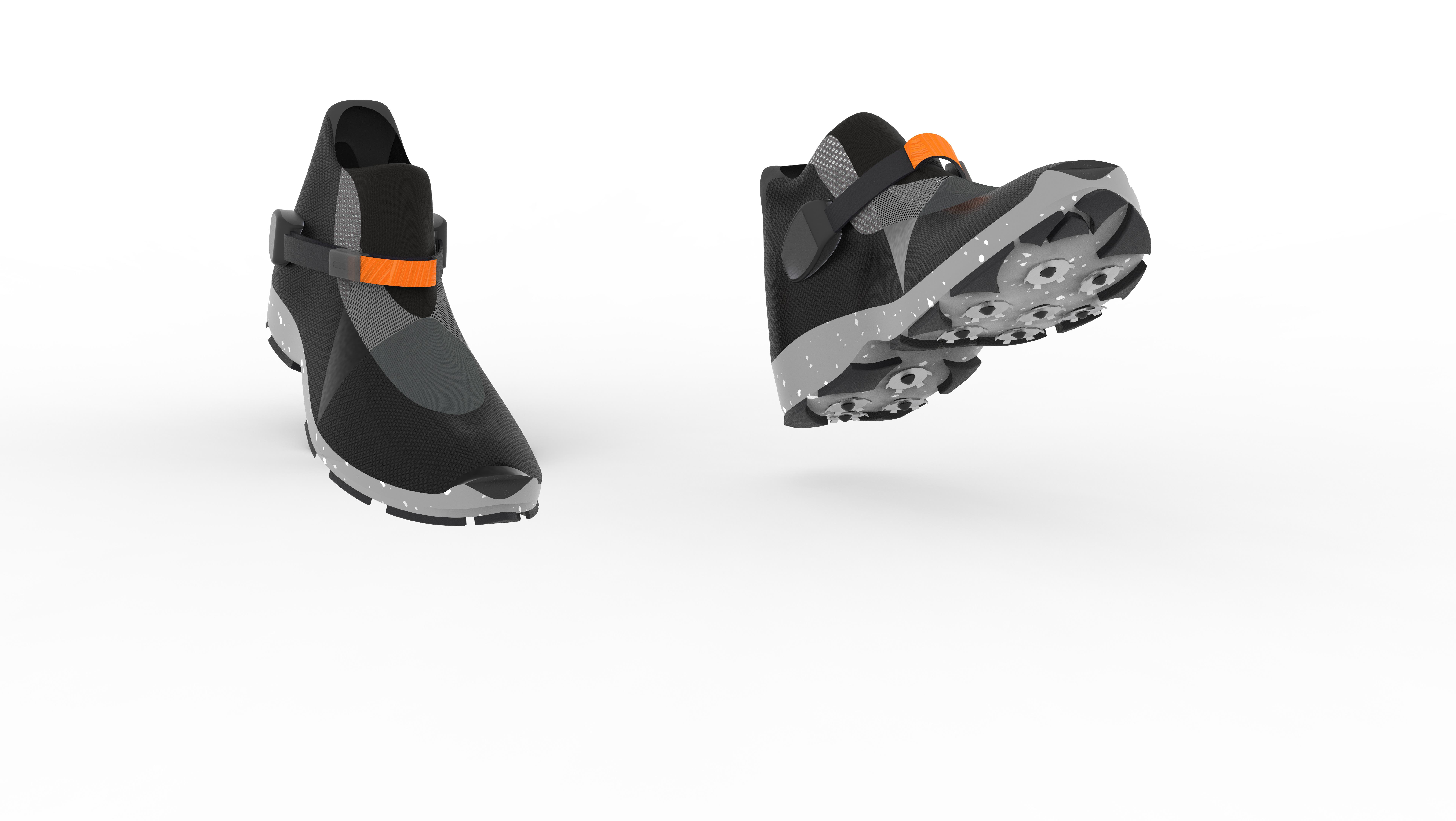
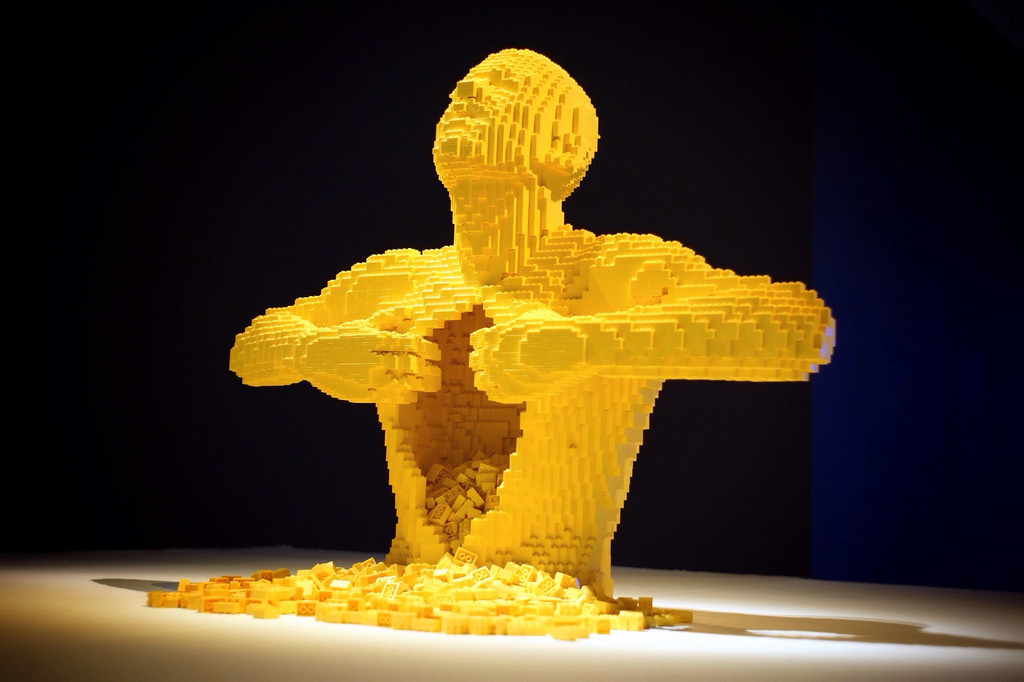
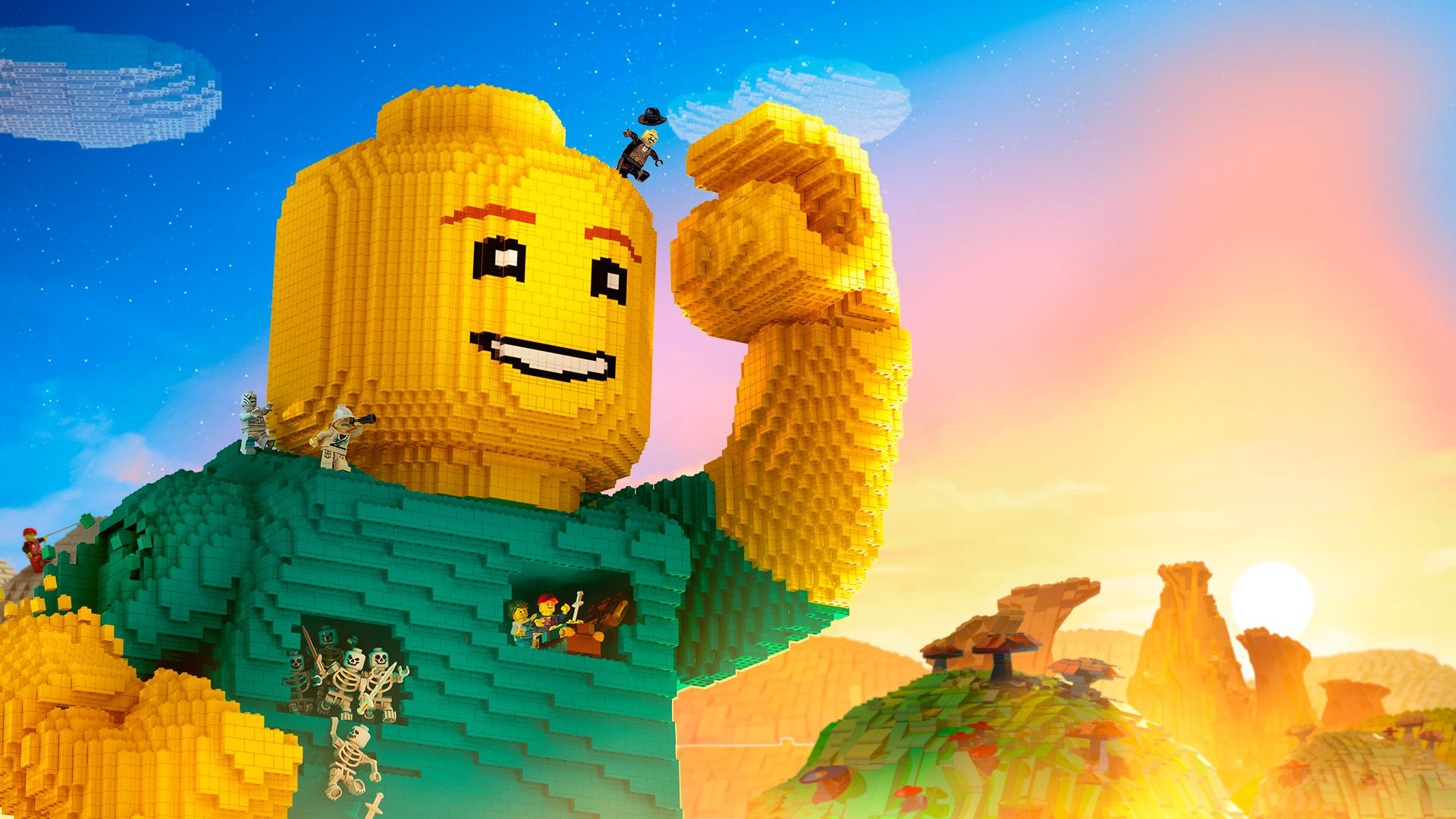
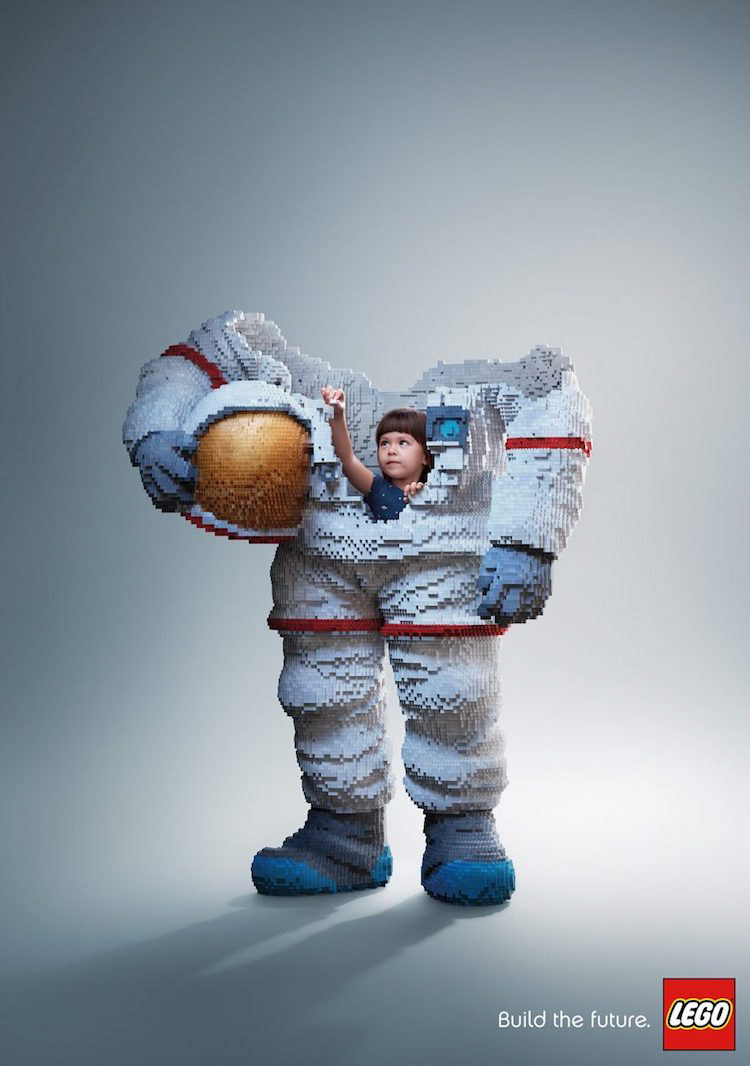
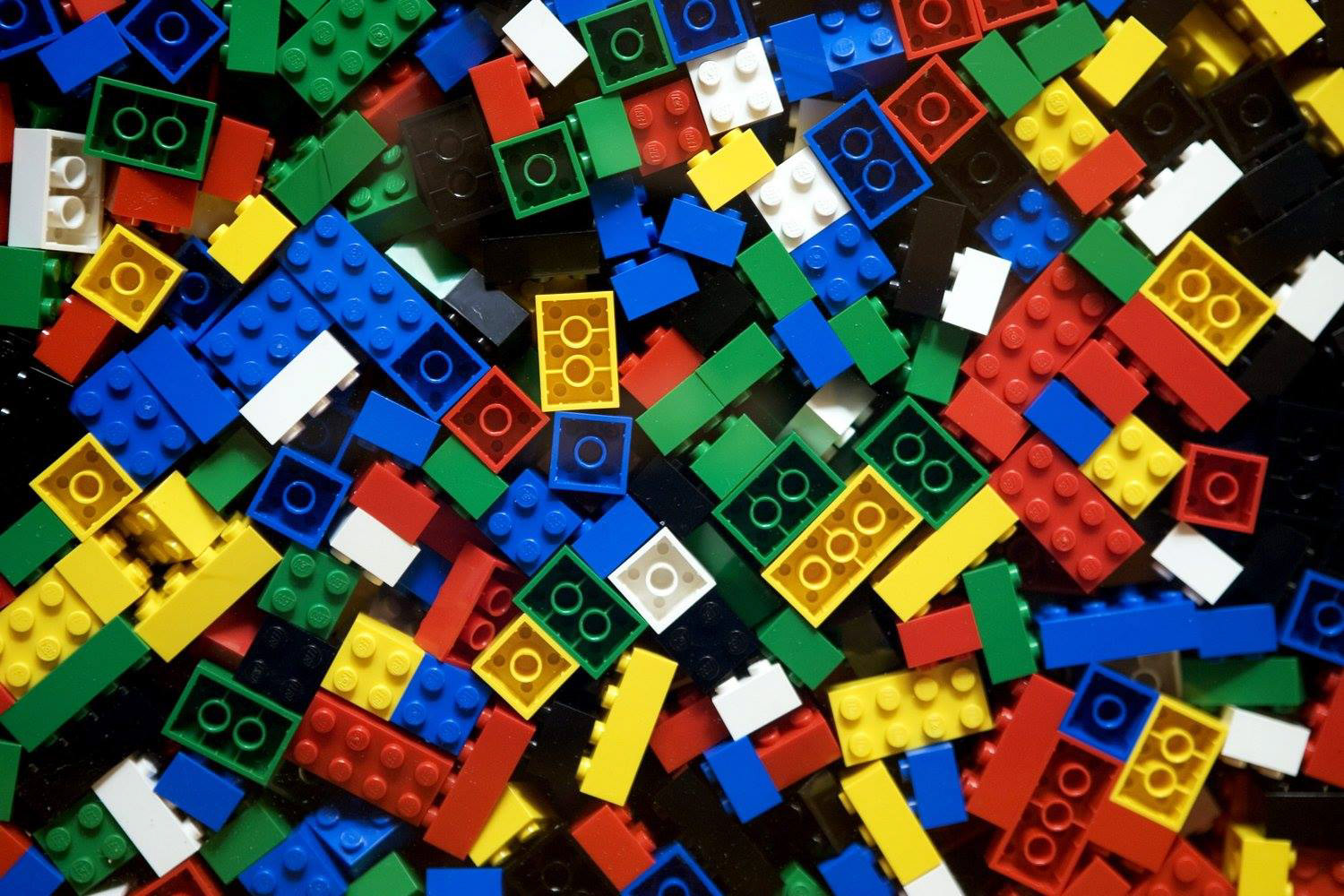

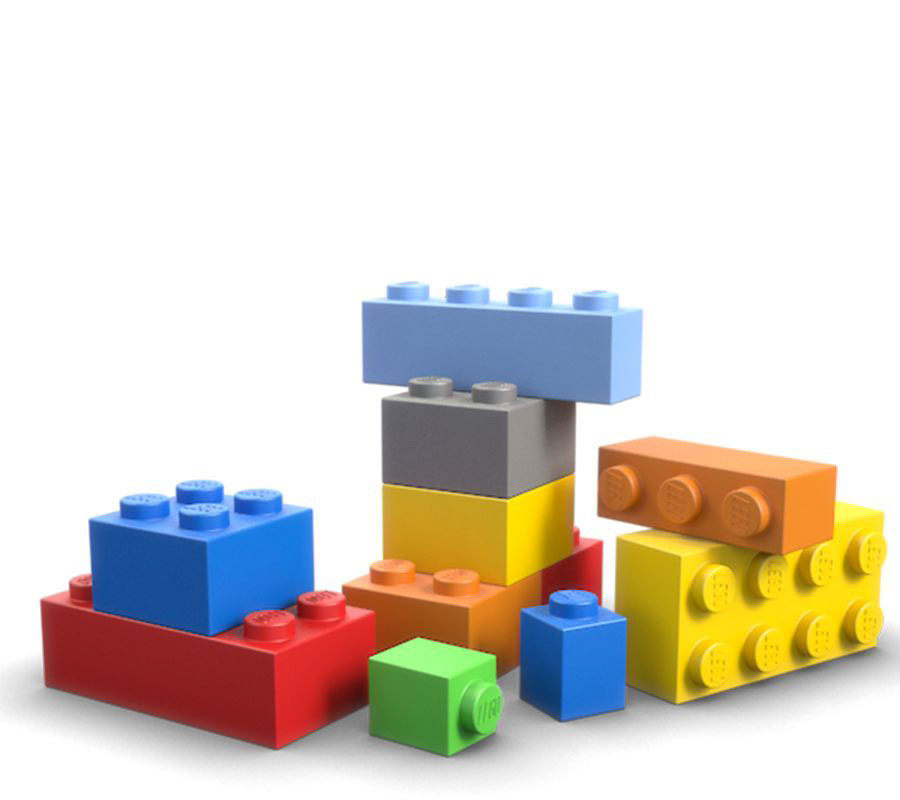
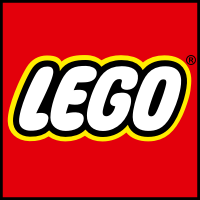
Brand boards to help us understand Lego's visual aesthetic and design values.

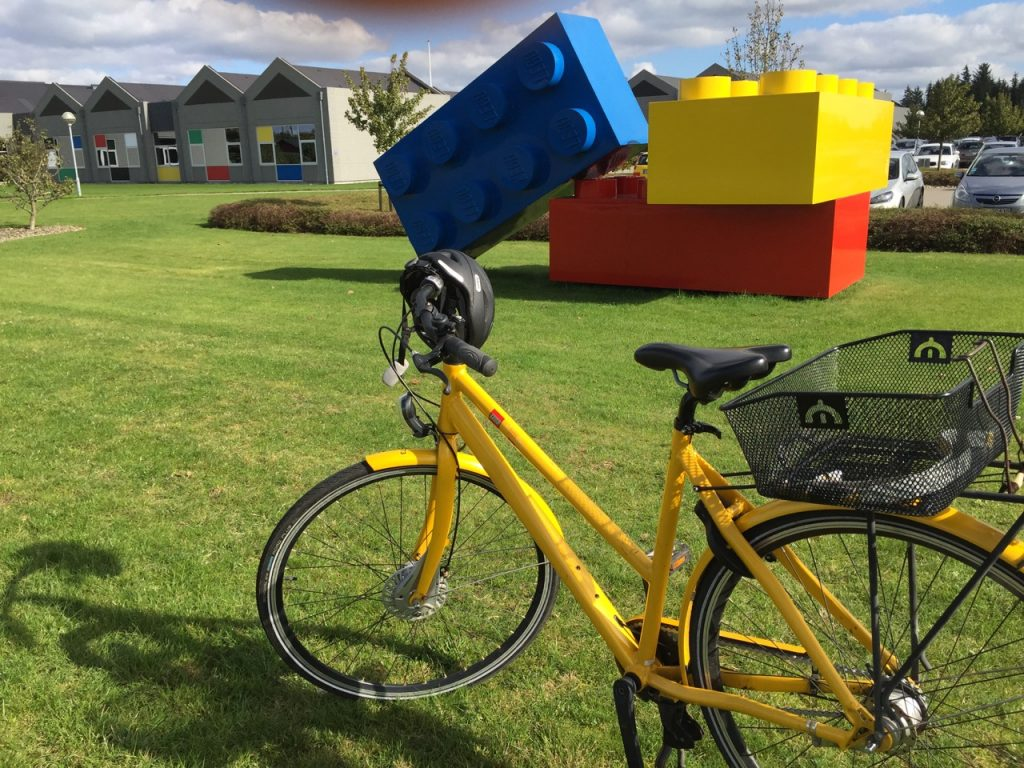
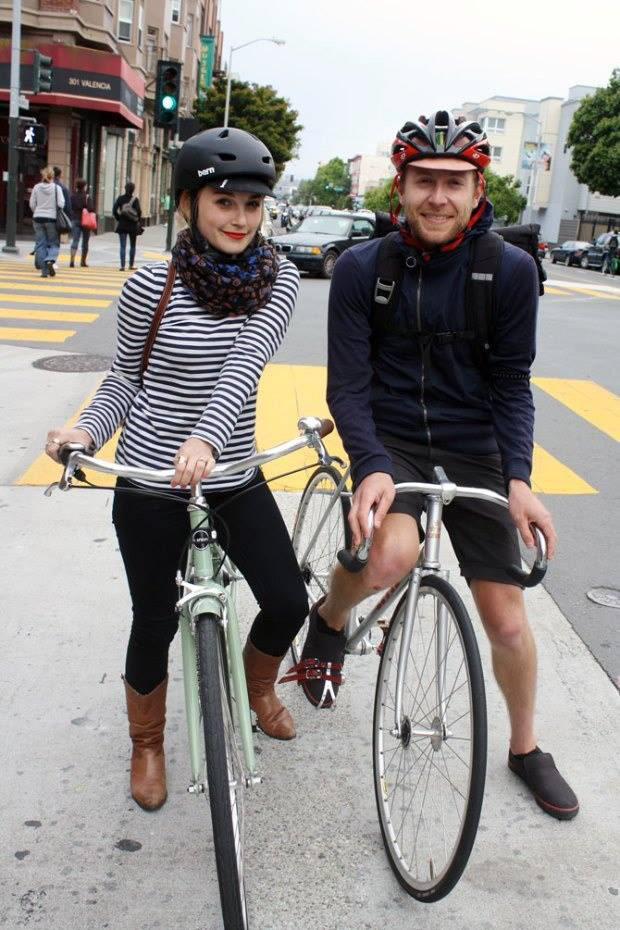
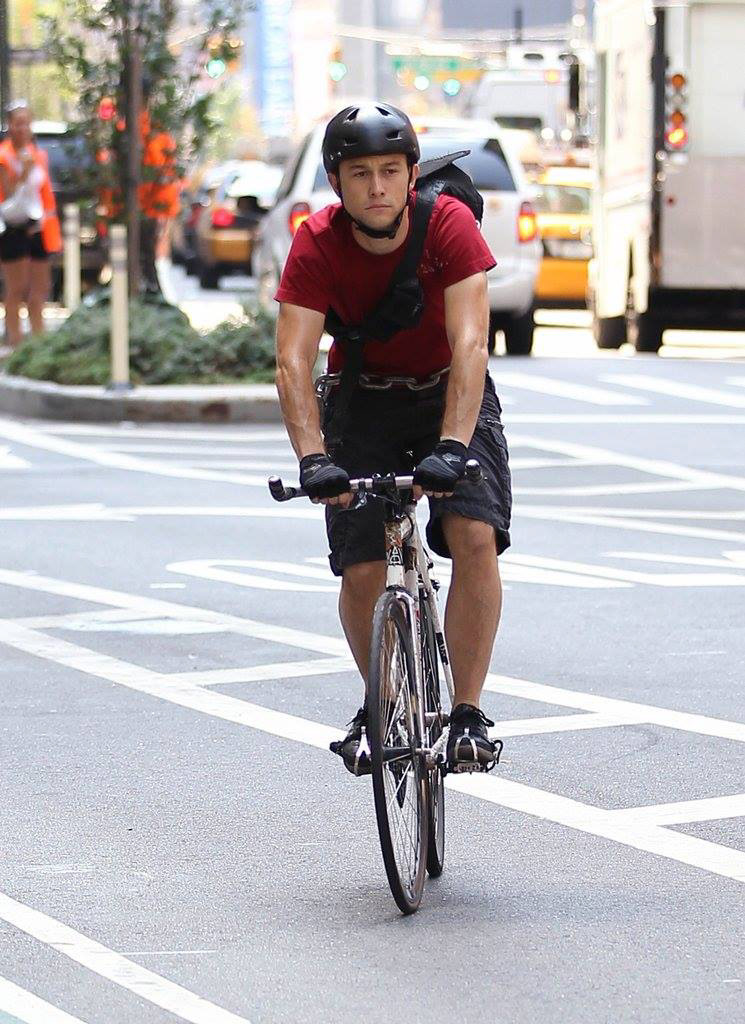
Target Market and examples of contexts of use.


Primary prototypes made with plasticine.
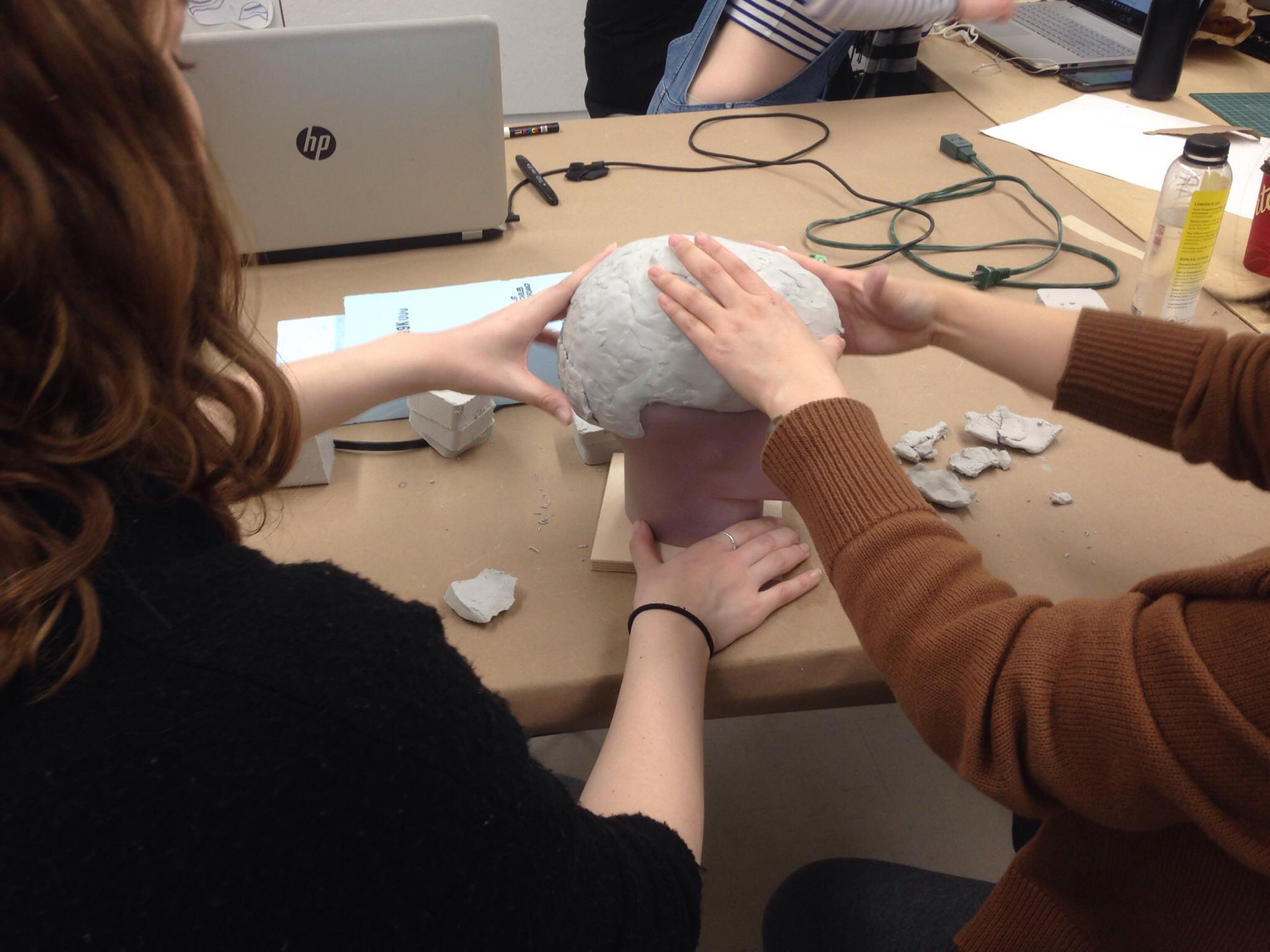


Applying clay to the head piece to build rough shape of helmet. Because clay is an additive and subtractive medium, we were able to build as we carved.
Rough shape before carving away vent holes.

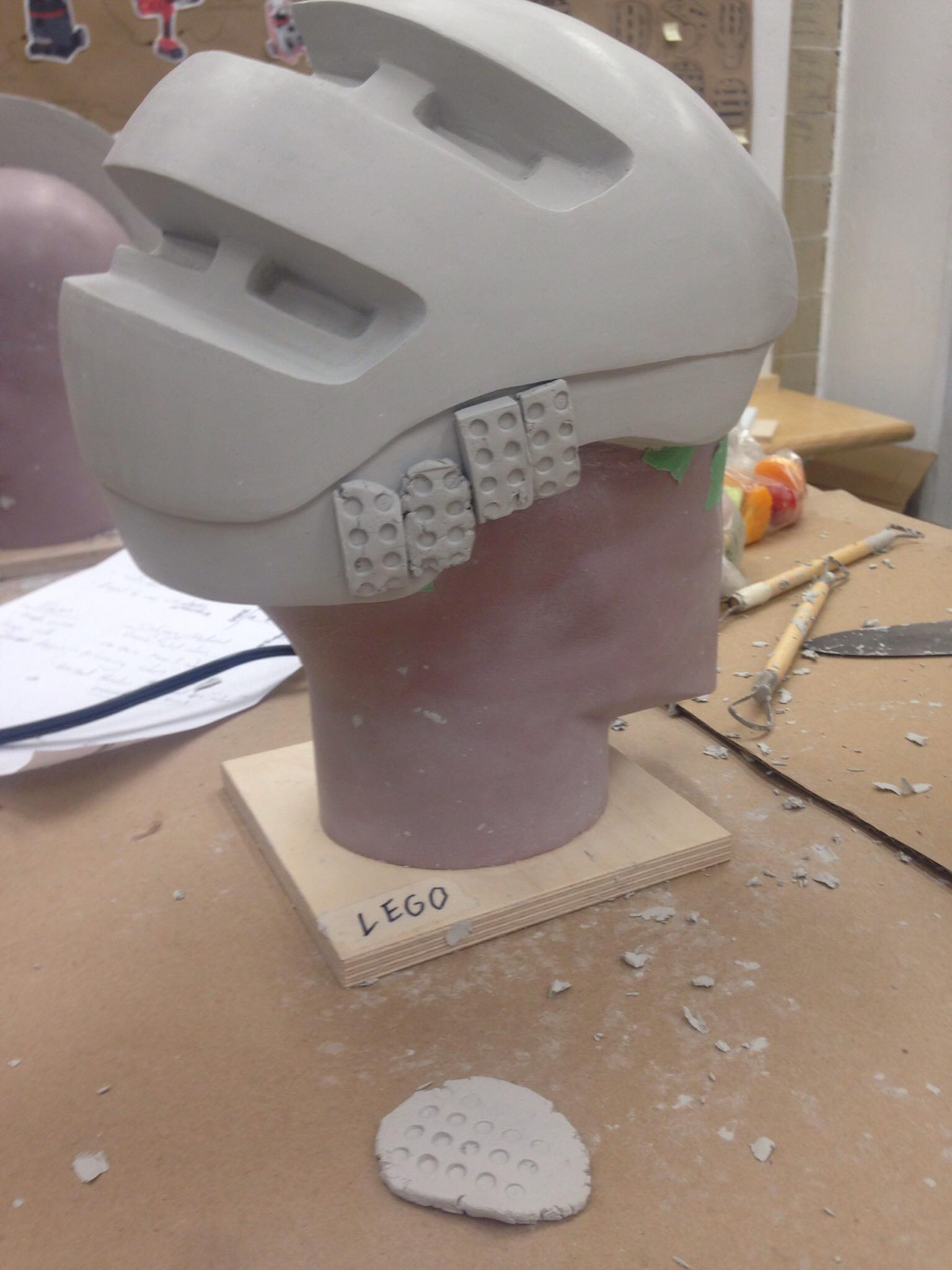

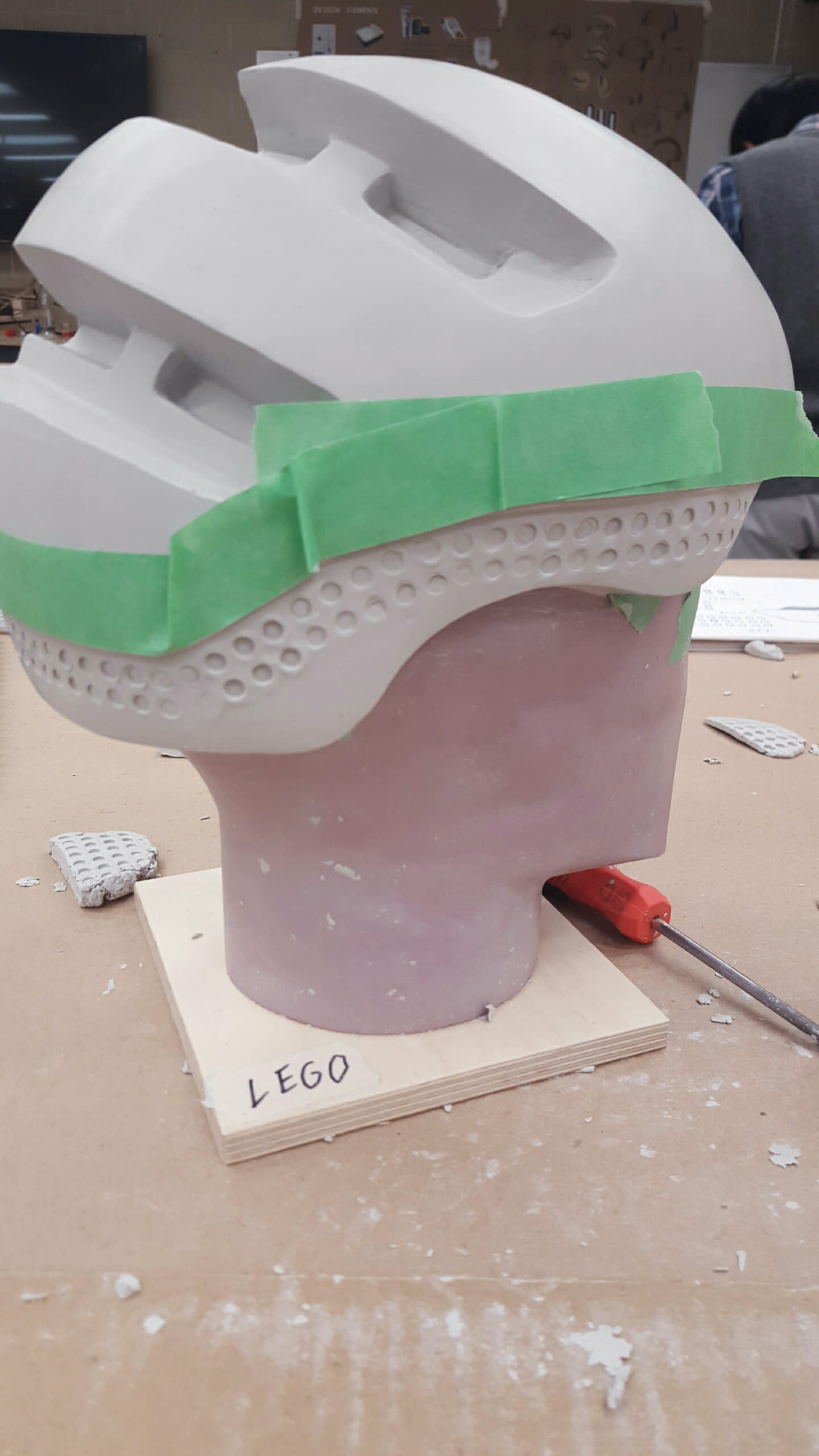

The feeling of studs is an important aspect of Lego's brand along with their dedication to detail and quality. By adding the studs where users grab the helmet, we felt that the experience of playing with lego would be conveyed. The balance between aerodynamics, ventilation and branding consistent with the Lego system became most difficult in this phase of the build.
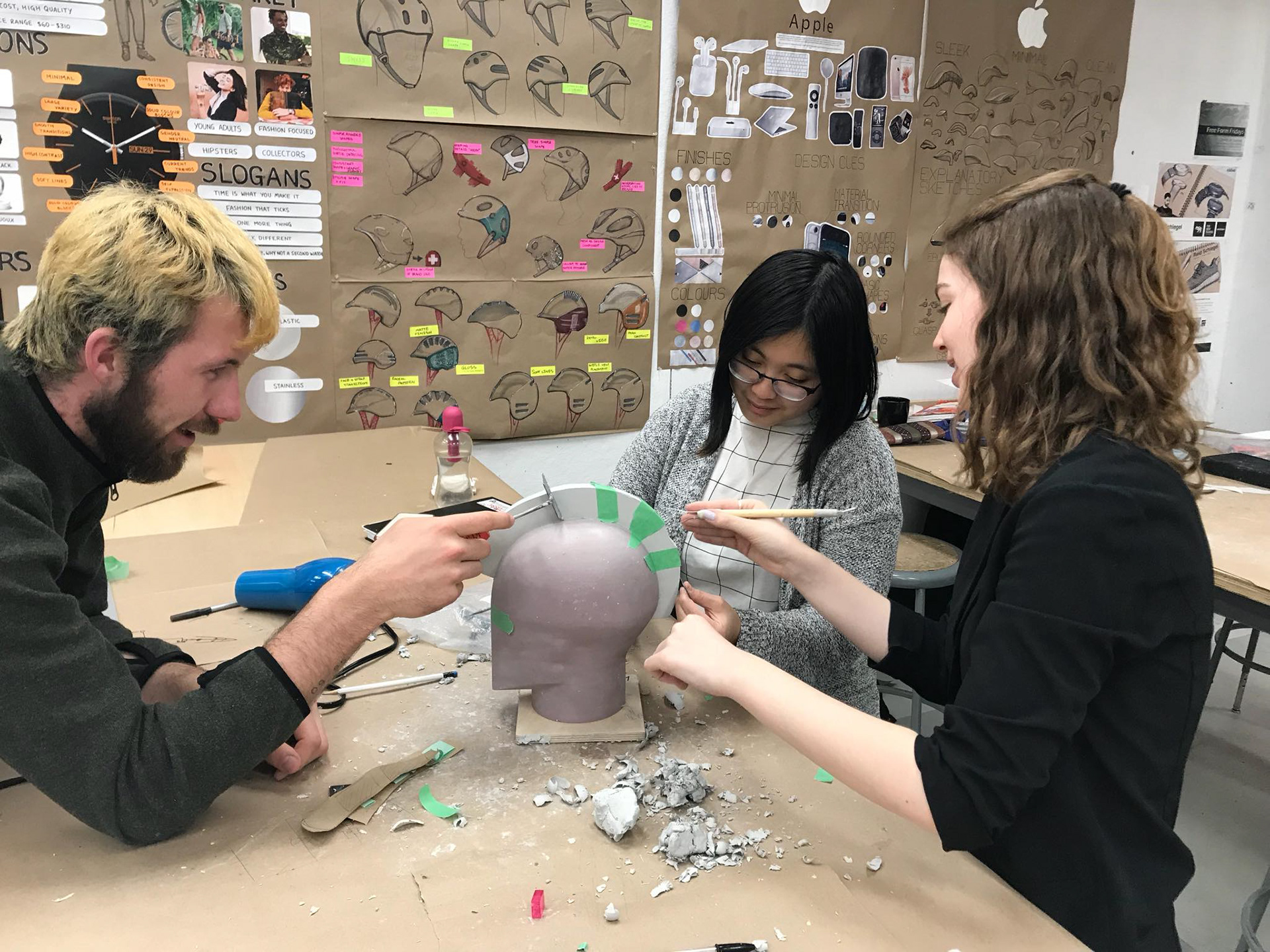
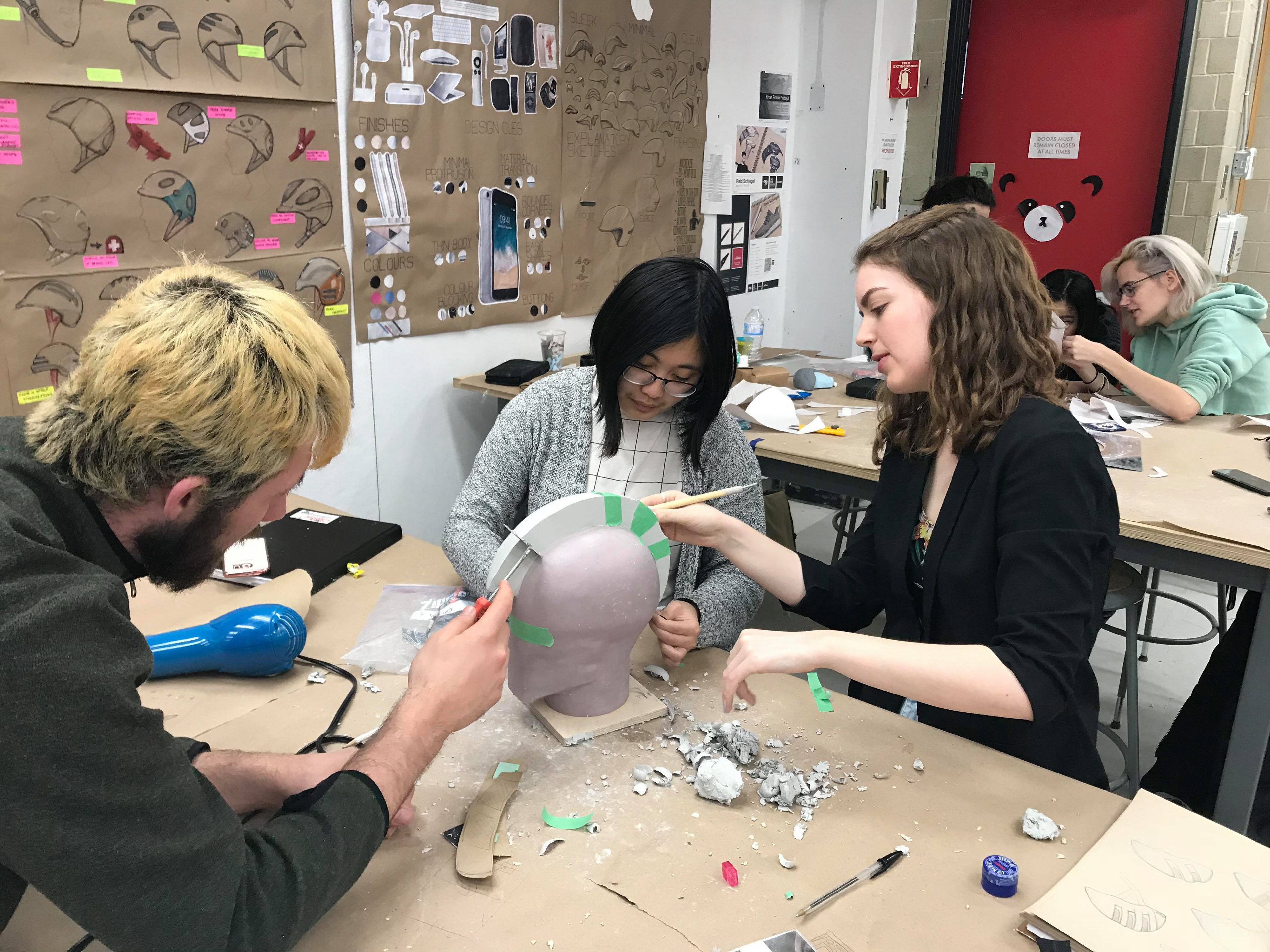
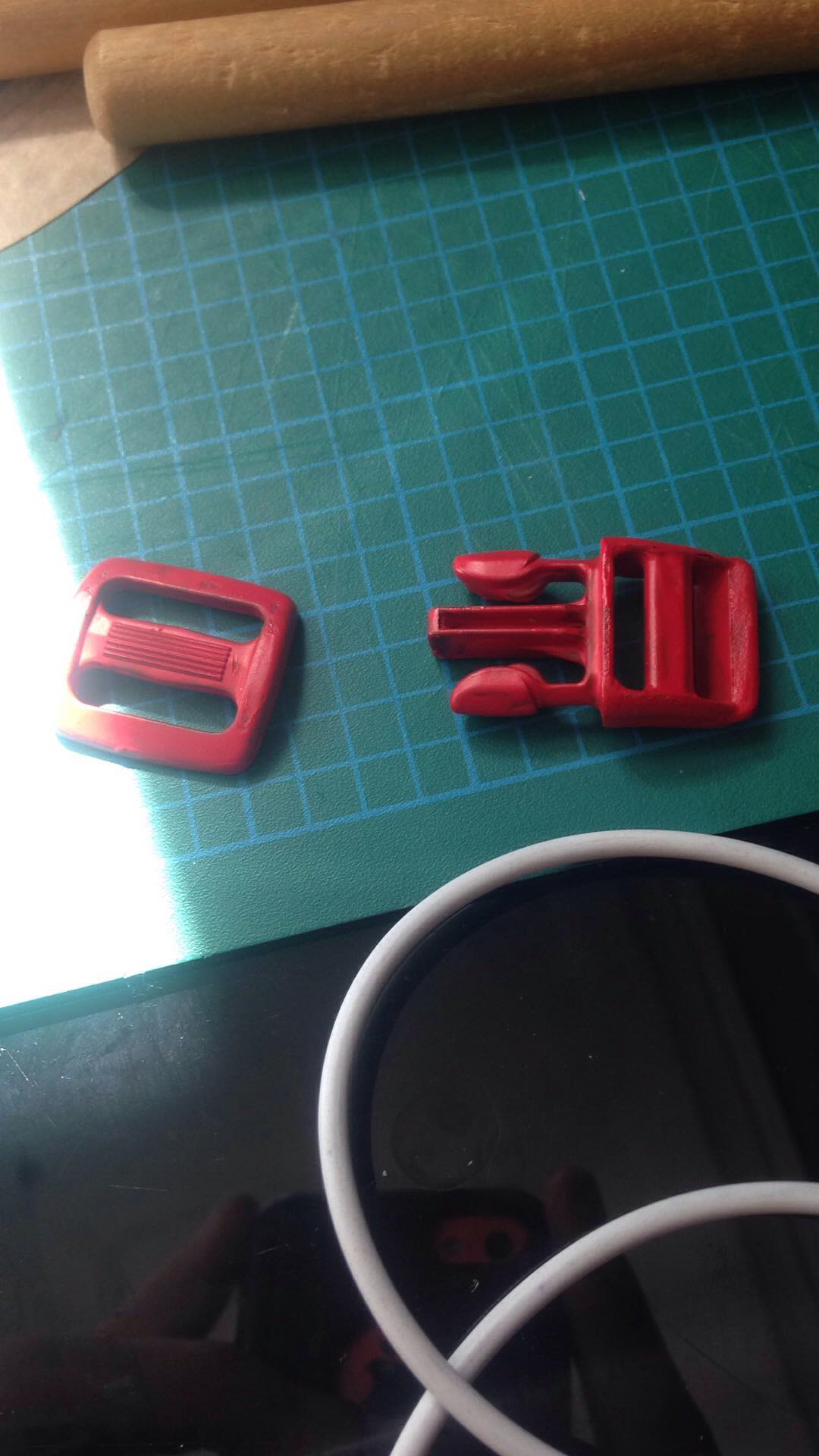
These are the final steps in the process where we touched up the mirror-side of the model (technique that makes helmet look complete without needing to build both sides symmetrically). We added red clips to the helmet as a colourful element that visually directed the users' hands' while simultaneously giving it Lego feel.
